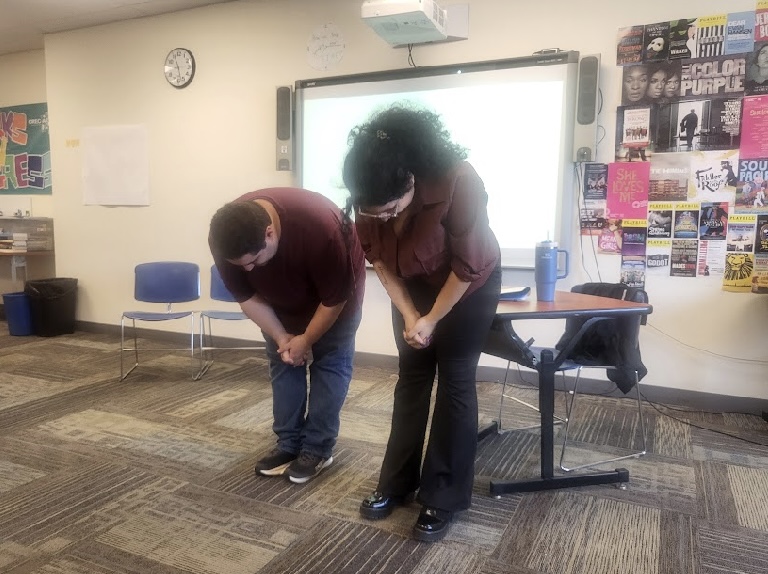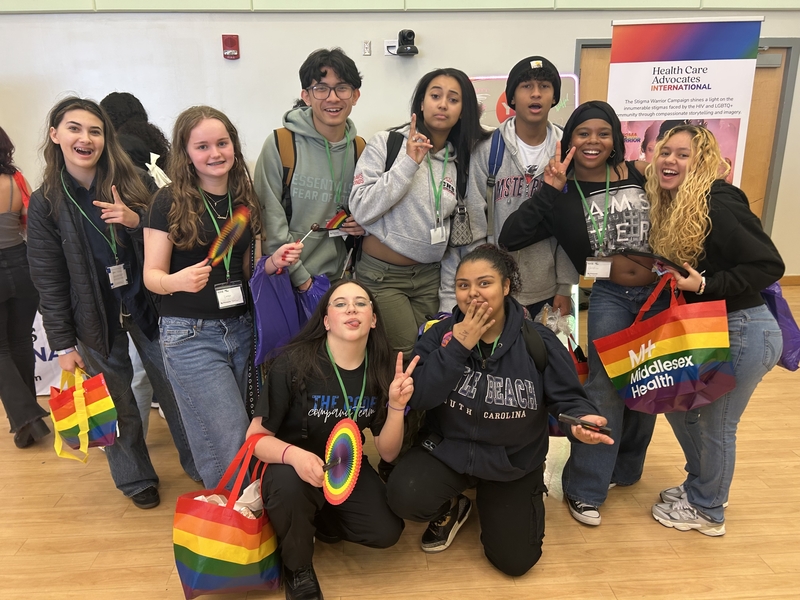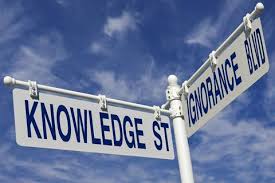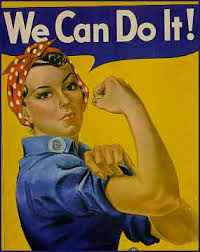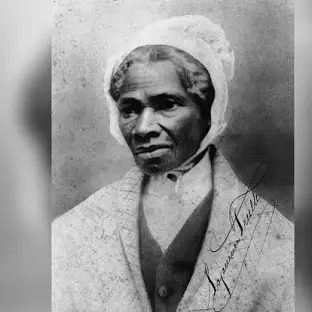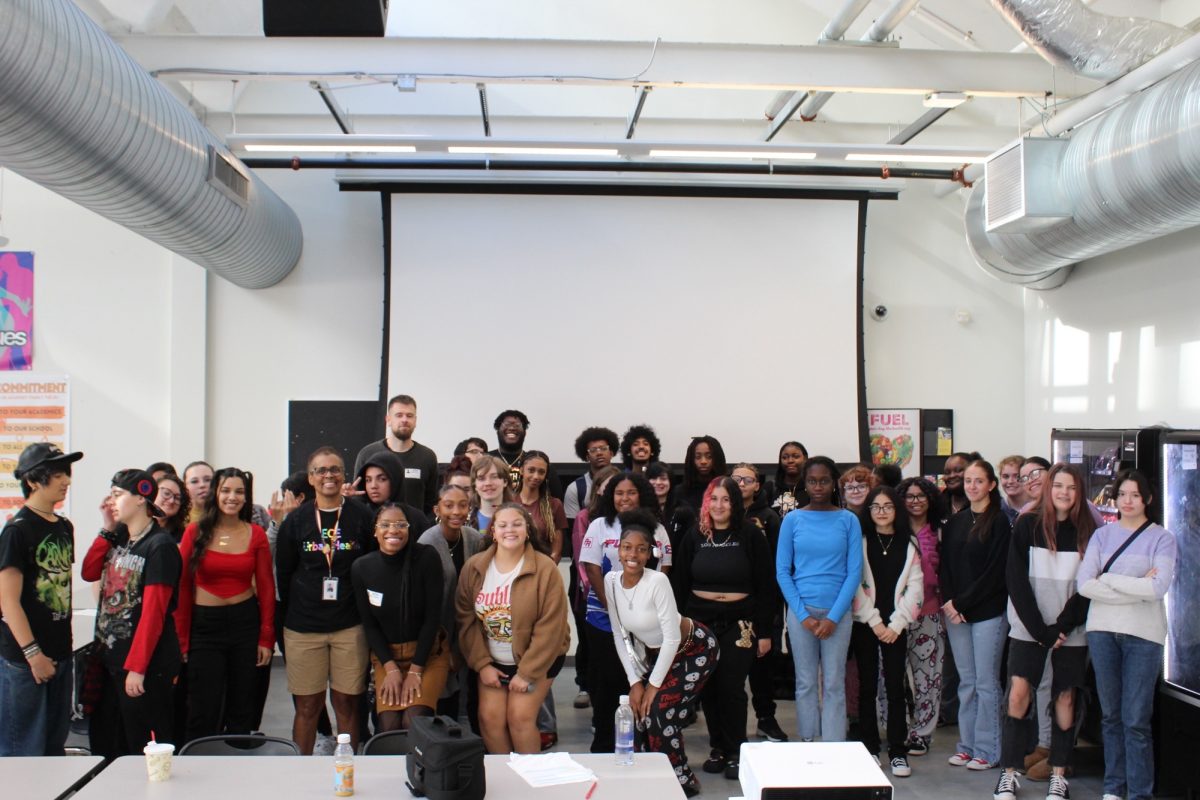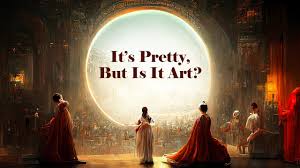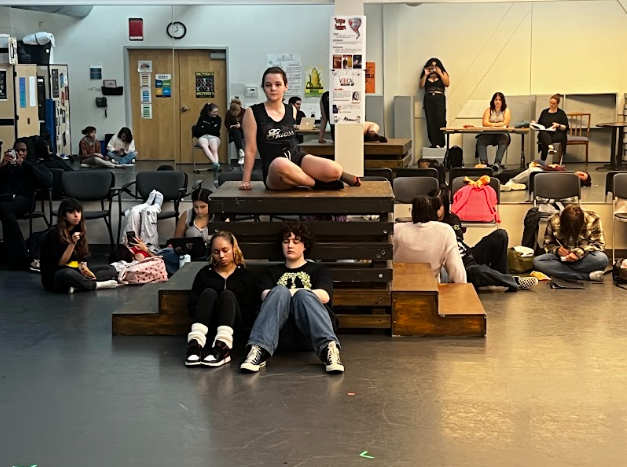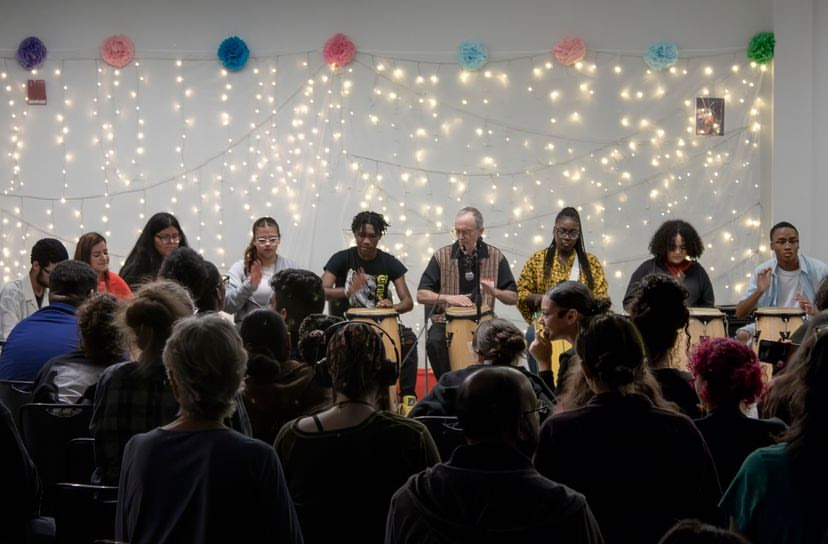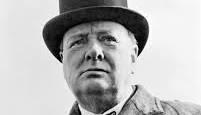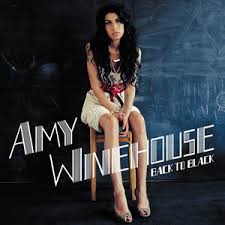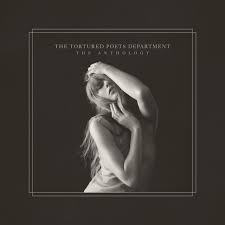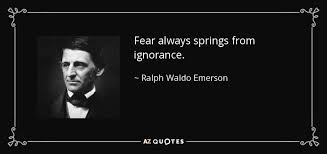Considered one of the most famous speeches of all time, Martin Luther King Jr. on August 28th, 1963, called for reform and harmony in Washington D.C. In his “I Have A Dream” speech. The speaker, King, chooses a passionate and powerful tone to write about demanding a change in American society regarding civil rights. This tone helped him reach his target audience of the citizens of America—the government, the people, of all ages and of all races. King’s claim was that liberty and justice for all, everything America stands for, has not yet been carried out and ensured for people of color, especially African Americans. With this intention, King uses ethos, pathos, and logos to build a persuasive argument for his audience.
One technique that makes the beginning of this argument strong is Martin Luther King Jr.’s use of ethos. In King’s speech, he references a significant document in American history: “Five score years ago, a great American, in whose symbolic shadow we stand today, signed the Emancipation Proclamation” (King 2). This is convincing for his audience because the Emancipation Proclamation was the very document that declared enslaved people free. By referencing it, King connects his message to America’s history of justice, which in turn strengthens his credibility. It reminds people that the fight for equality is not new but a continuation of promises made a hundred years ago. It makes his call for civil rights more compelling.
Furthermore, another technique that makes this argument strong is King’s use of pathos. MLK writes, “We can never be satisfied as long as the Negro is the victim of the unspeakable horrors of police brutality. We can never be satisfied as long as our bodies, heavy with the fatigue of travel, cannot gain lodging in the motels of the highways and the hotels of the cities” (King 13). This line in King’s speech is convincing for his audience because he gives a harsh reality check to those uneducated of the many struggles as a result of the Jim Crow laws. By describing real injustices, especially segregation in public places, he appeals to the audience’s emotions, making them feel the pain and frustration of the very people that are impacted. This use of pathos evokes emotions of sympathy and urgency, pushing people to recognize the need for change.
Finally, the last technique that makes the beginning of this argument strong is King’s use of logos. Martin Luther King Jr. responds to those criticizing his opinions by saying, “America has given the Negro people a bad check, a check which has come back marked ‘insufficient funds’” (King, 4). This is convincing for his audience because he uses a logical analogy to argue that Black Americans were promised equality through the Declaration of Independence; however, these promises were never carried out. By comparing justice to an unfulfilled financial obligation, he presents a logical argument that America must honor its commitments stated in the Constitution and Declaration of Independence.

